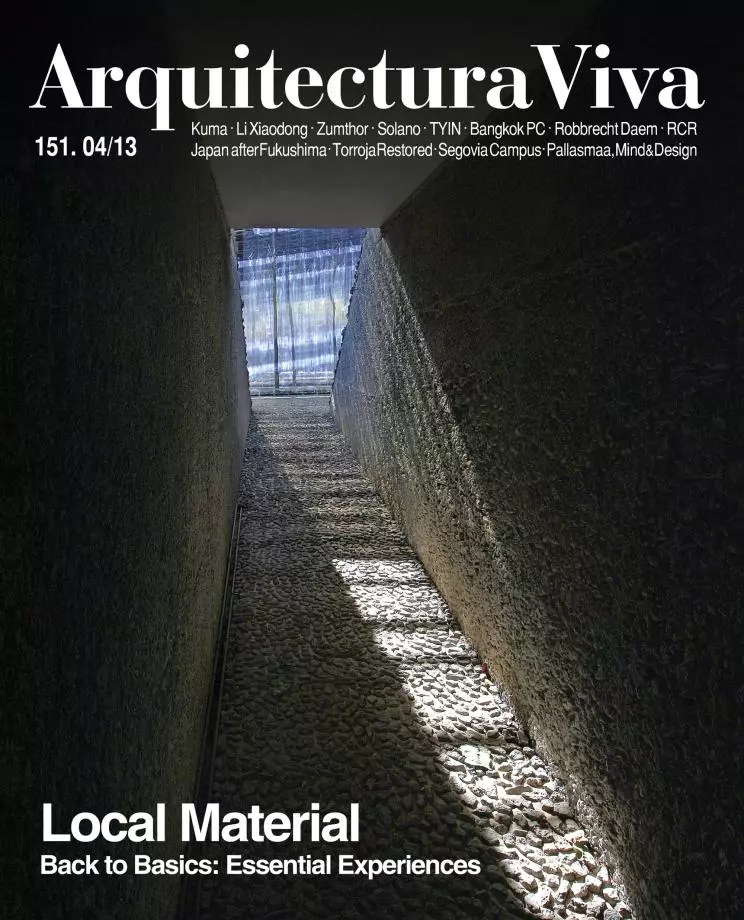
Reinforced concrete is the most commonly used material in contemporary construction. Its use adds up to 5% of the total emissions of greenhouse gas, so one of the main challenges today when using reinforced concrete is that of improving its environmental performance through the use of ‘ecological’ cements and concretes (see Arquitectura Viva 148). But we can speculate even further. A stone material after all, reinforced concrete can also be the supporting container of ‘green’ finishes, and a substratum for the growth of algae, lichens, fungi and moss, the idea being to capitalize on environmental conditions. This is the principle of the patent developed by the Universidad Politécnica de Cataluña, with a mixture of conventional cement and another special cement with a magnesium phosphate base, fast-setting and a slightly acid pH that is compatible with plant growth. The result is a multilayered panel that, unlike vertical gardens – which are becoming more common –, does not require hydroponic systems which demand a high maintenance, but one that collects water and makes the most of the natural porosity of the material, without letting moisture reach the interior layers of the facade.





